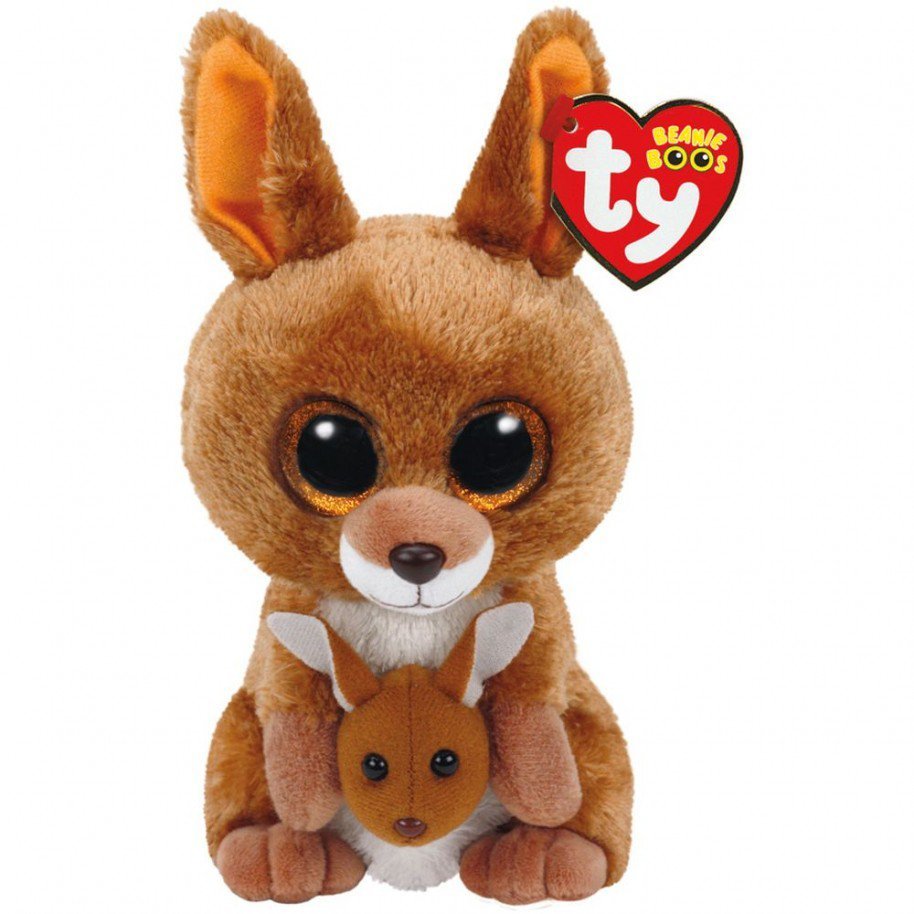

"They put their hands down, bring their tail underneath their back legs and then take their bodyweight on their tail and arms so that they can lift up both their legs together and bring them forward." So they've invented a unique form of locomotion called "pentapedal walking", which involves making a tripod between their hands and their tail, so they can move their back legs at the same time. Unfortunately, the true kangaroos can't walk like humans because they don't seem to be very good at moving their legs independently of each other on land. The red kangaroo appears on Australia's Coat of Arms along with another native species, the emu. Whatever the case, there seems little doubt that the true kangaroos have always been the most efficient hoppers in town. Some experts suggest Procoptodon didn't hop like today's kangaroos, but instead walked on two feet like a dinosaur. He speculates that Procoptodon would have moved slower than the true kangaroos, which meant it would be more likely to get caught - and provide the hunter with a jackpot in terms of meat quantity.īut, says Dr Phillips, the continual drying out of the Australian continent suggests there might have been a shortage of food needed to feed the massive beasts.Īnd the fact that bigger animals breed slower means Procoptodon would have found it harder to build up numbers after a fall in their population. "There's competing hypotheses and massive arguments around them," Dr Phillips says, adding that both ideas have merit.

There's debate over what exactly killed off Australia's megafauna, including Procoptodon, but the finger has been pointed at both climate change and hunting, says evolutionary biologist Matthew Phillips of the Queensland University of Technology. These animals also have an amazing "conveyor belt" of molars that ensure fresh chewing teeth come on line as the animal matures, says Dr Coulson. The success of the red and grey kangaroos appears to have been made possible by the evolution of special teeth with higher crowns, which gave them the ability to chew for hours on tough and abrasive grass. Red Kangaroo Dreaming by Yukembrok: The kangaroo is an important part of Aboriginal culture. Kangaroos tend to be larger, and graze on grasslands, while wallabies are smaller and have a more mixed diet that includes browsing on leaves. What makes a kangaroo as compared to a wallaby, he says, are differences in genes, teeth, body size, habitat and diet. The fast-hopping red, eastern grey and western grey kangaroos can be regarded as the only true kangaroos, by the narrowest definition, says wildlife ecologist, Graeme Coulson of Melbourne University. It's not a scientific name and is used to describe a range of animals, some of which may be only distantly related to the big kangaroos we are most familiar with. The term 'kangaroo' comes from the Aboriginal word "gangarru", from the Guugu Yimithirr language, which is spoken in far north Queensland. This surprisingly diverse group of animals is made up of over 60 species, but as the scientific name "macropod" - or more specifically, "macropodiform" - implies, they are all united by one thing: big feet. The earliest kangaroo could have looked a bit like this musky rat-kangaroo.


 0 kommentar(er)
0 kommentar(er)
